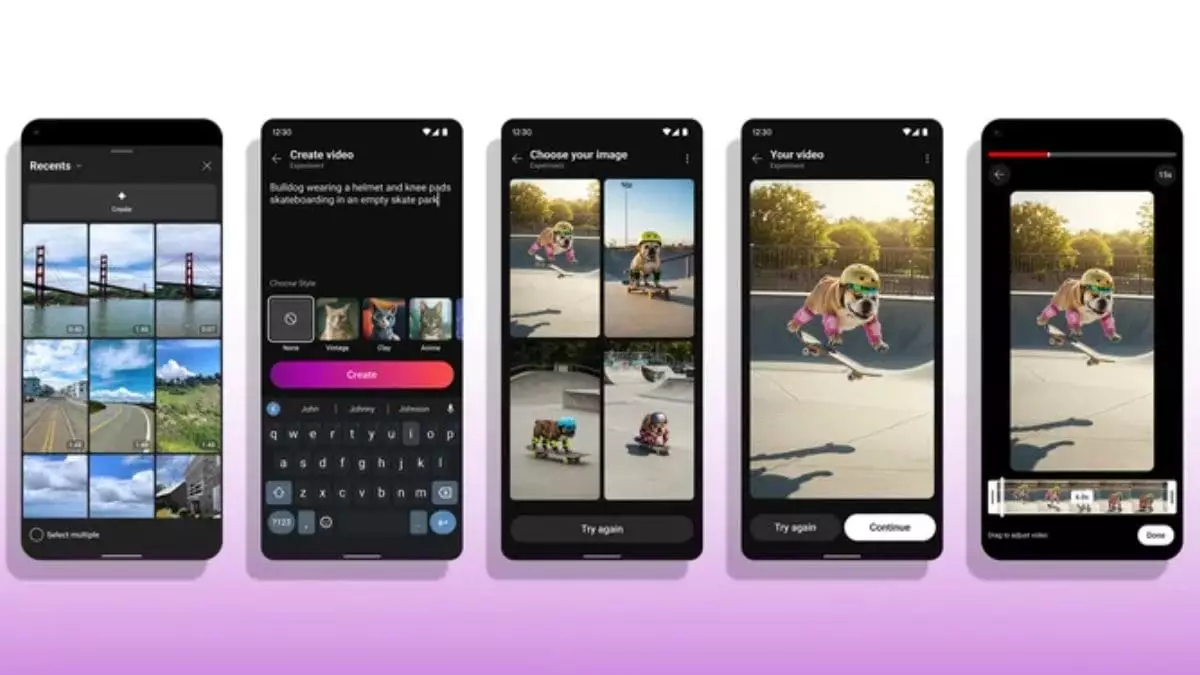YouTube has once again stepped into the forefront of innovation by introducing an exciting and ambitious feature for its creators. On Thursday, the platform announced the integration of Google’s Veo 2 artificial intelligence model with its Dream Screen feature. This partnership signals a new era in content creation, allowing creators to leverage sophisticated AI technology to produce videos that push the boundaries of creativity. While the Dream Screen previously enabled creators to incorporate AI-generated backgrounds into their videos, the new updates take this functionality a step further by granting users the ability to generate entire standalone videos.
Veo 2, unveiled as the successor to the original Veo AI model in December 2024, represents a significant leap in video generation technology. DeepMind confirmed that Veo 2 excels in producing realistic and detailed videos, showcasing enhancements in areas such as cinematography, understanding of genres, and execution of cinematic effects. This marks a pivotal moment for content creators, who now have the opportunity to articulate their creative visions through mere textual descriptions. The system’s text-to-video capabilities will enable creators to simply describe what they envision, and the AI will transform those ideas into visual reality.
For those eager to harness the power of Veo 2, YouTube has ensured a straightforward process. Creators can dive into the activity by launching the Shorts camera, accessing the media picker, and selecting the newly added ‘Create’ option. The prompt for the desired content can be entered into a convenient text field. Following this, users can select their preferred style and video length, making the process not only intuitive but also customizable. This robust framework reflects YouTube’s commitment to simplifying video creation without compromising on quality or creativity.
As with any cutting-edge technology, the integration of AI into video content creation does raise concerns, particularly regarding the proliferation of deepfakes. YouTube is proactive in its approach to mitigate these risks by implementing SynthID watermarks on all AI-generated clips. This crucial step aims to preserve content authenticity while ensuring viewers can distinguish between reality and AI fabrication. By doing so, YouTube acknowledges the potential for misuse and takes responsibility for establishing a trustworthy ecosystem for its creators and audience.
At this stage, the exciting capabilities of the new Dream Screen feature are limited to users in Australia, Canada, New Zealand, and the United States. As with any new technology, there is speculation about its broader implementation and potential impact on global creator economies. If successful, this initiative could revolutionize how content is produced and consumed, opening doors for diverse storytelling methods and creative expressions.
YouTube’s latest feature powered by Veo 2 not only marks a significant advancement for video creators but also poses challenges that need mindful consideration. The delicate balance of innovation and authenticity will dictate the future trajectory of AI in creative spaces.

